
Introduction
Fashion attire plays a significant role in expressing one's personality and sense of style. It encompasses clothing, accessories, and footwear that are chosen to reflect an individual's taste, cultural background, and current trends. This article explores the diverse aspects of fashion attire and its impact on personal identity.

Historical Evolution
Throughout history, fashion attire has evolved and transformed, reflecting the changing societal norms and influences. From ancient civilizations to modern times, clothing has been a means of self-expression and cultural representation. Historical garments like togas, corsets, and kimono showcase the diverse fashion trends that have shaped different eras.

Types of Fashion Attire
Fashion attire encompasses a wide range of styles and categories. From casual wear to formal attire, each type serves a specific purpose and is suitable for different occasions. Some common types of fashion attire include casual wear, business attire, evening gowns, sportswear, and traditional ethnic clothing.
Current Fashion Trends
The fashion industry is dynamic and constantly evolving. Keeping up with the latest fashion trends allows individuals to stay stylish and in tune with the current fashion scene. Some popular current fashion trends include sustainable fashion, athleisure wear, oversized garments, and vintage-inspired clothing.

Choosing the Right Attire
When selecting fashion attire, it is essential to consider various factors such as body type, occasion, and personal style. Understanding one's body shape helps in finding clothing that flatters and accentuates the best features. Additionally, dressing appropriately for different occasions showcases respect and understanding of social norms.
Impact of Fashion Attire on Confidence
The clothes we wear can significantly impact our confidence levels and self-perception. Wearing well-fitted and stylish attire boosts self-esteem and helps individuals feel more comfortable in their own skin. Fashion attire can act as a form of self-expression and allow individuals to showcase their unique personality and creativity.
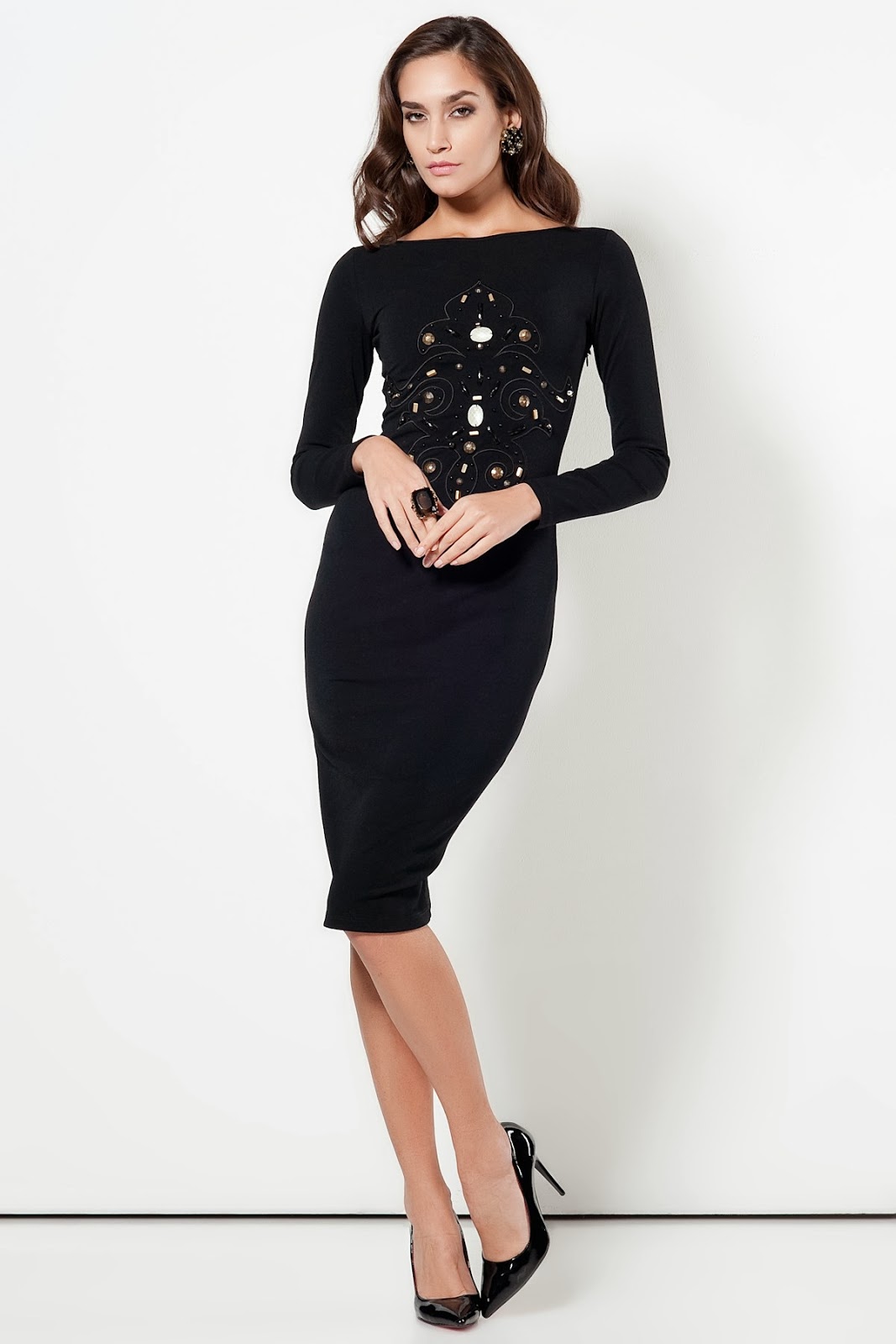
Cultural Significance
Fashion attire often holds cultural significance and acts as a symbol of identity and heritage. Traditional clothing, such as the kimono in Japan or the saree in India, represents centuries-old traditions and reflects the cultural values of these societies. Cultural attire also plays a vital role in festivals and celebrations.

Fashion Attire and Body Positivity
The fashion industry has been increasingly promoting body positivity and inclusivity. Fashion attire tailored for different body types allows individuals of all shapes and sizes to feel confident and comfortable in their clothing choices. Brands are now embracing diversity and showcasing a broader range of models in their campaigns.

Expressing Personal Style
Fashion attire serves as a powerful tool for expressing personal style and creativity. It allows individuals to experiment with different colors, patterns, and silhouettes to showcase their unique personalities. Whether it's a minimalist approach or a bold and eclectic style, fashion attire enables individuals to stand out and make a statement.
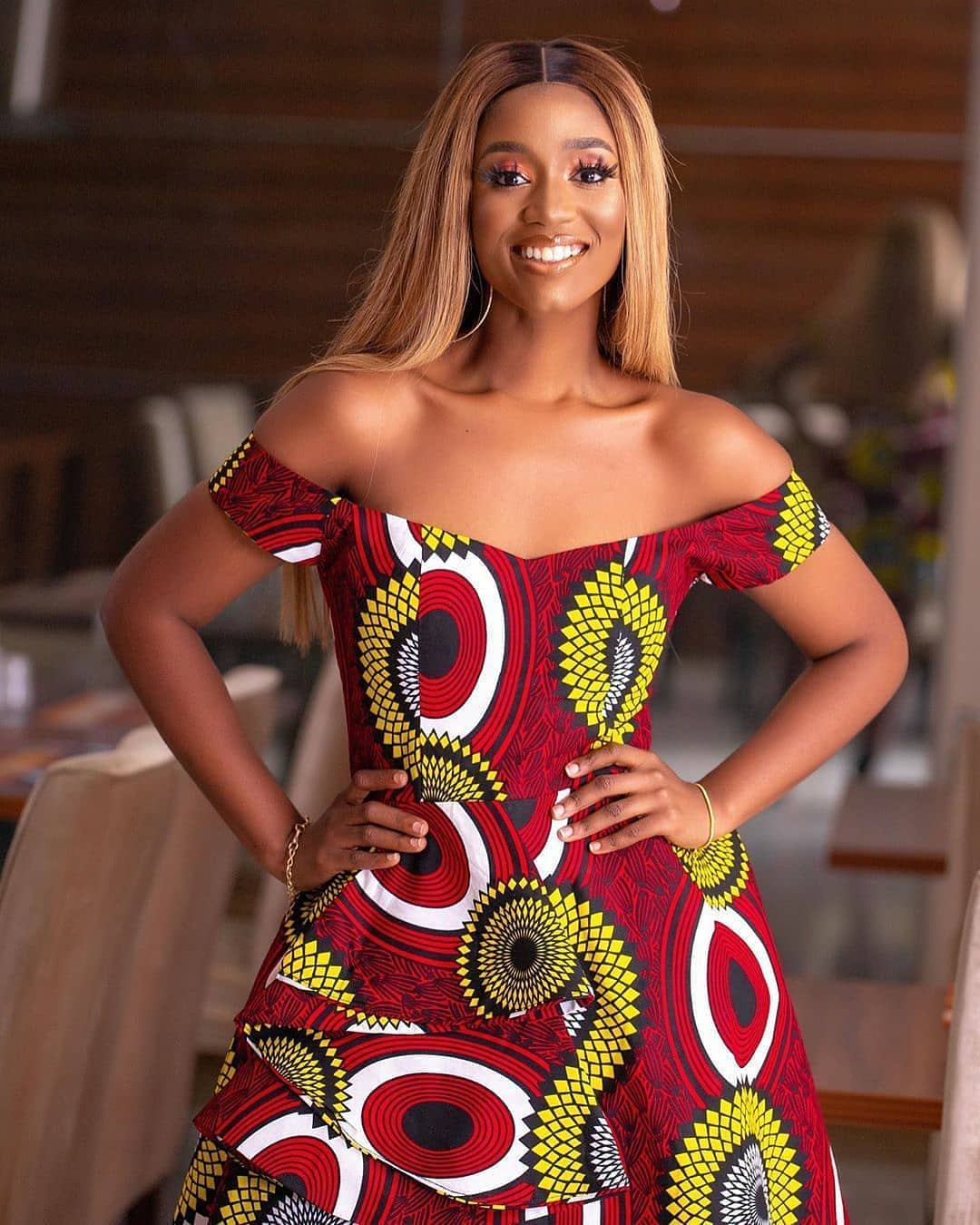
Ethical and Sustainable Fashion
With growing concerns about the environmental impact of the fashion industry, ethical and sustainable fashion has gained momentum. Ethical fashion focuses on fair labor practices and ensuring the well-being of workers, while sustainable fashion aims to reduce the industry's carbon footprint. Choosing eco-friendly fashion attire promotes a more conscious and responsible lifestyle.
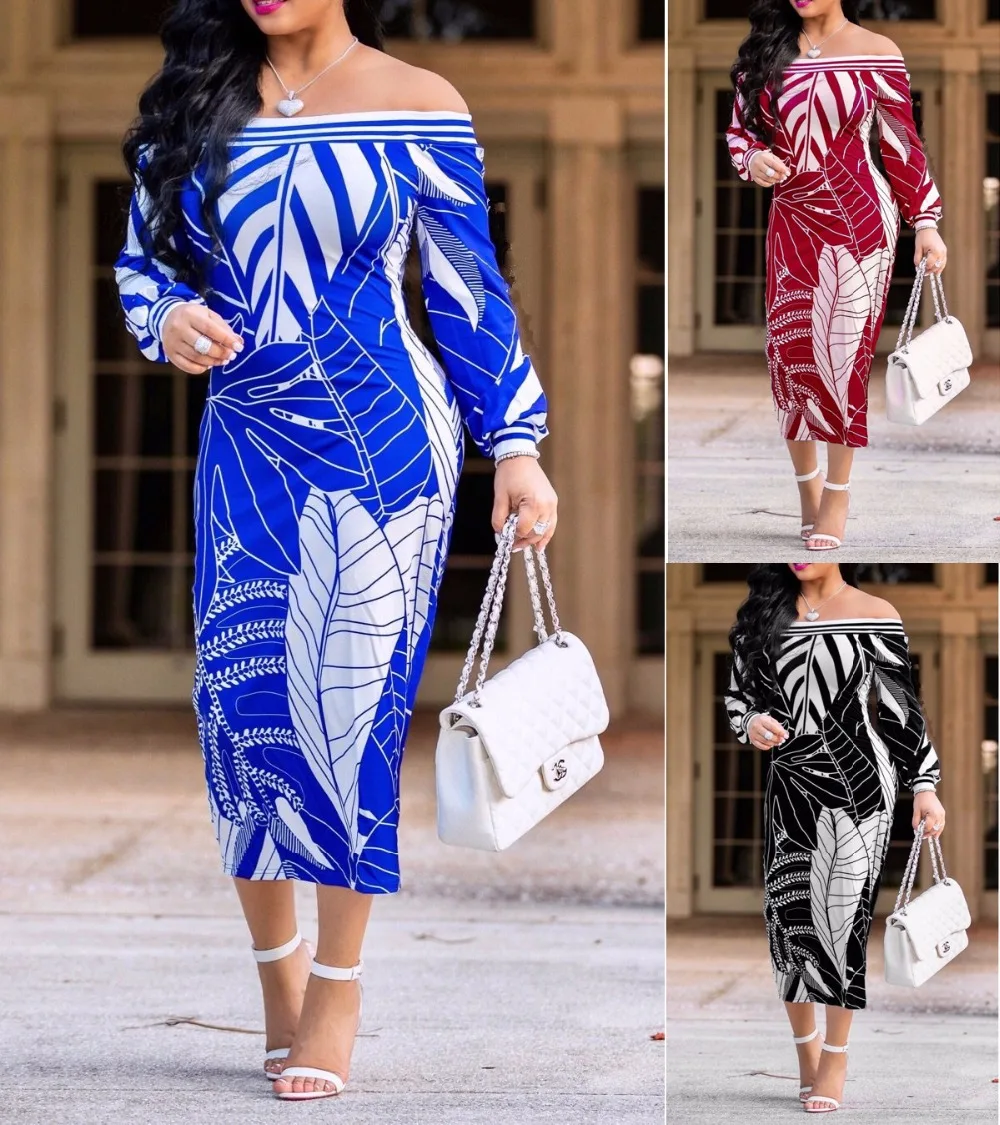
Fashion Attire and Social Media
Social media platforms like Instagram have revolutionized the way fashion attire is showcased and consumed. Influencers and fashion bloggers share their outfits, providing inspiration and influencing trends. Social media platforms have given rise to a democratization of fashion, allowing individuals to express their unique style and connect with like-minded fashion enthusiasts.
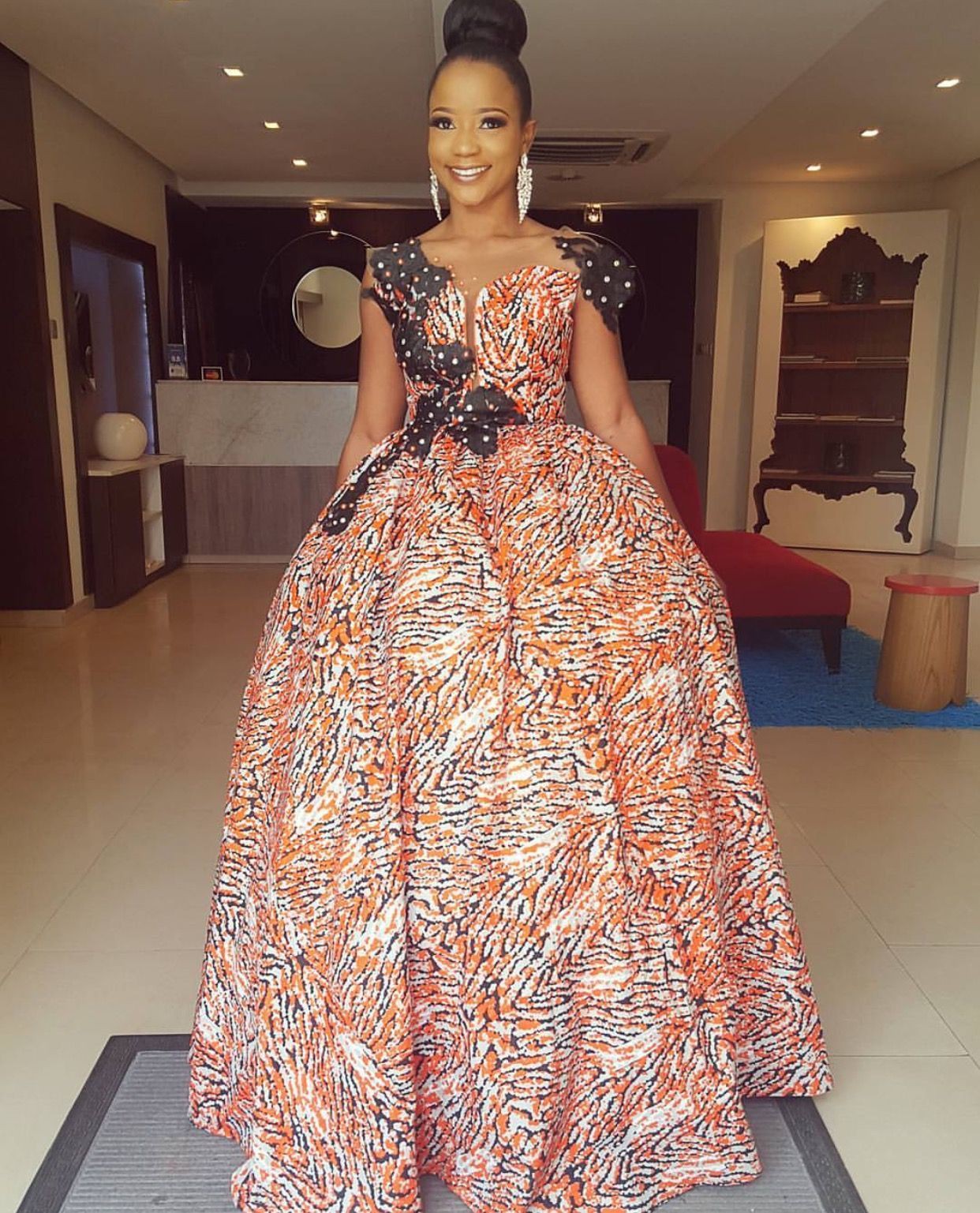
The Future of Fashion Attire
The future of fashion attire lies in innovation and sustainability. With advancements in technology, we can expect to see smart textiles, 3D printing, and interactive designs in the fashion industry. Moreover, the focus on eco-friendly practices and ethical production is likely to continue shaping the future of fashion attire.
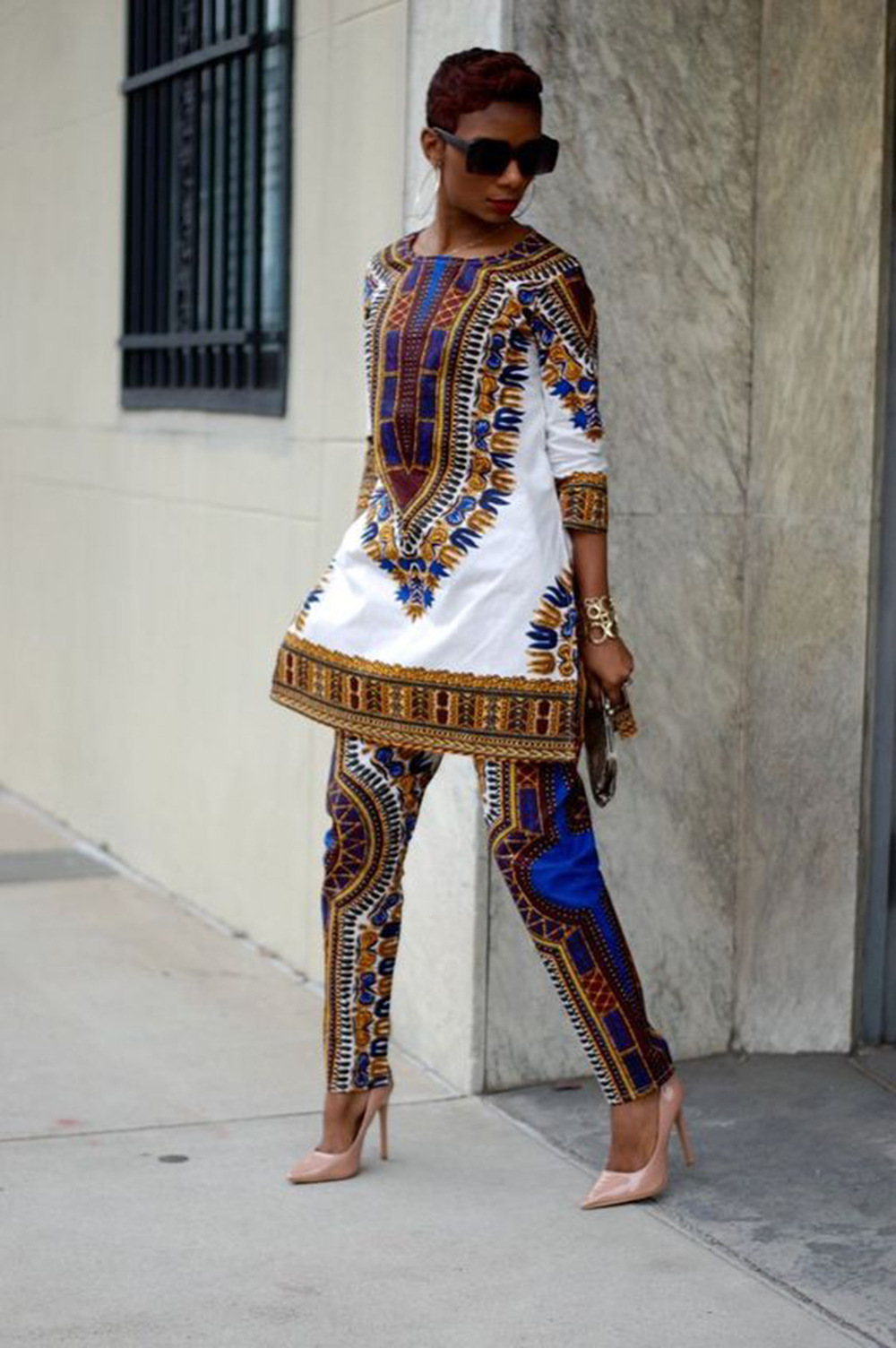
Conclusion
Fashion attire serves as a means of self-expression, cultural representation, and personal style. It has the power to boost confidence, showcase individuality, and connect people across different cultures and backgrounds. Whether it's a casual outfit or an elegant gown, fashion attire allows individuals to project their unique identity to the world.